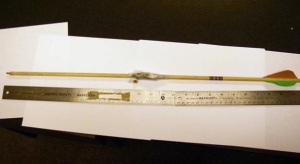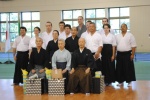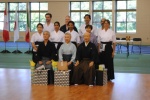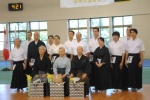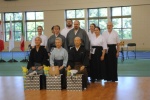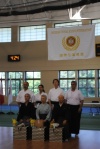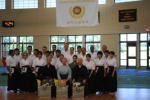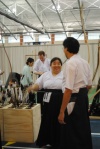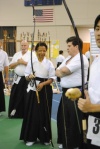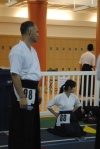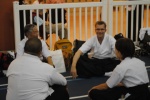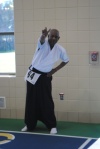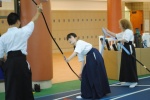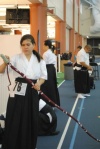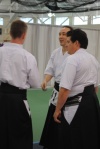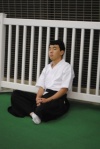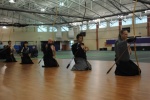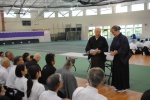I read an interesting blog this morning. In it, the author broaches the subject of spirit. He makes some interesting points. I especially liked the way he tied-up the article. I had to smile a bit.
http://karamatsu.wordpress.com/2014/01/18/kyudo-notebook-%E5%BF%83/#like-1249
From my viewpoint, spirit is one of those concepts I think may never be explained aptly. Much like love, we can talk endlessly about it. We can describe love, or spirit, in many contexts, but there really is no combination of words that come close to describing the feeling. I think what is of importance here is that we are continually willing to amend, re-shape and mold, our philosophy on any subject. Varied perspective is essential to form a more complete concept of the whole, if this is even totally possible with our mental limitations.
I ran across a few words of wisdom my friend Arun Drummond had shared, wherein he stated, “If you are not open to new ideas or experiences, the knowledge that you already posses will remain incomplete and lose any opportunity to grow. To believe that what you know is final is a fallacy and will be challenged until the end of time.”
Let me try to explain through example the thought I’m trying to convey here. After dating a short while, the man I was to marry down-the-road told me that he loved me. In response, I said, “I think I love you too.” Now, he gave me a hard time about that response for many years. Obviously, it wasn’t very romantic, but it was an honest response. Being young, I wasn’t sure of exactly what love was at the time, and I knew that. As it turned out, that spark of love would continue to grow and become stronger through the years. That love grew to be a fluid emotion, expansive. It ebbed and flowed, with twists and turns, with knots. That love endured, even the toughest battles. My concept of love at the beginning of our relationship and at the end, when he passed away, were totally different.
I believe the same will be true for most of us as we “search” for “spirit”. (Much as searching for love, we probably would be better off not “searching” for spirit, but rather relaxing and allowing it to happen.)
We are told that we must posses spirit to grow in Kyudo. It may be that in the beginning we cling to some pre-conceived concept of what we think spirit is. We have to open our hearts to the concept and allow it to form, allow that “spark” to take hold, to grow, to become entwined with our being. I’m quite sure that if we are flexible in our thinking and feeling, what we thought as a mudan will certainly be different than that as a godan and so on. We have to let go of what we once thought and allow new input to let us re-shape our beliefs.
As Karamatsu states in his blog, “I always thought I understood what he (Sensei) meant, but it turns out I only thought I did because I knew the words. It wasn’t until today that something sort of “clicked” inside and I caught… not a glimpse, but more like the reflection, in the window of a passing car, of the shadow of the tracks left in blown snow by a glimpse that had gone by earlier. So… not very substantial, but everybody has to start somewhere, and I guess for me this is it. I hope I can get a whole glimpse before I die.”
Many writers, of both words and music, have made attempts to describe love, as well as spirit, working all around the edges, but never making it quite to the heart. This seems to be another case of “telling”, versus actually “experiencing” something. Sometimes I think that when we are there we will know it. But where is “there”? As I read somewhere the other day, legendary cellist Pablo Casals was asked why he continued to practice with such diligence at age 90. He stated, “Because I think I am making progress.”

